The History of Artificial Intelligence: Key Milestones and Developments
The history of Artificial Intelligence (AI) is a journey of breakthrough transformation from philosophical thoughts to practical applications, reshaping many industries around the world. Originating from the Dartmouth Conference in 1956, AI was officially recognized as an independent discipline. The field has experienced important milestones, including the revival of neural networks in the 1980s thanks to the backpropagation algorithm.
Landmark achievements such as Deep Blue's victory over the world chess champion in 1997 and the emergence of big data in the 21st century have opened a new era for AI. Machine learning techniques, especially deep learning and natural language processing, have taken AI to unprecedented heights, allowing for sophisticated image recognition and the ability to communicate close to humans.
In the modern context, AI has penetrated many fields such as medicine, transportation and finance. Cognitive computing systems analyze medical data to improve diagnoses, while autonomous vehicles navigate complex traffic situations. Financial institutions are using AI to detect fraud and algorithmic trading.
However, the rapid development of AI technology also raises ethical and philosophical challenges that need to be carefully considered. Issues such as data privacy, algorithmic bias, and potential impacts on employment require ongoing dialogue and policy development.
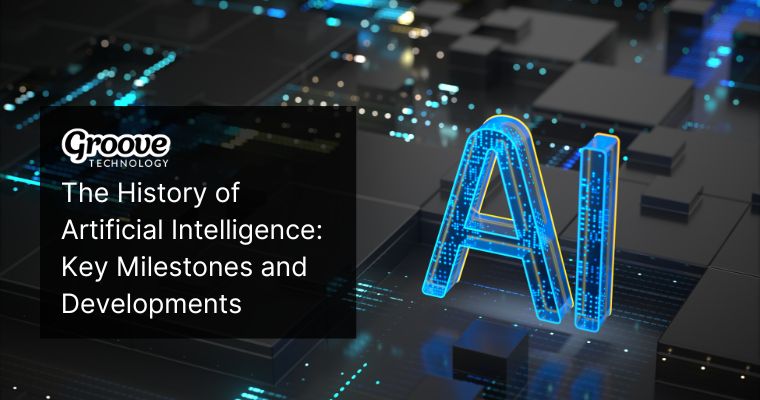
The Birth of AI lays the foundations (1940–1950)
The emergence of artificial intelligence (AI) is deeply intertwined with centuries of philosophical inquiry and mathematical innovation. Philosophers like René Descartes envisioned mechanical constructs adhering to natural laws, while mathematicians such as George Boole devised systems for logical reasoning. These foundational ideas underpinned the theoretical frameworks that later propelled scientific endeavours.
By the mid-20th century, advancements in technology and the groundbreaking work of Alan Turing transitioned AI from abstract concepts to actionable experiments. Turing’s visionary insights, including the development of the Turing Test, established benchmarks for evaluating machine intelligence.
- Challenges and Early Decline
The optimism of the 1950s regarding intelligent machines was short-lived. Researchers encountered formidable barriers, such as limited computational power and an incomplete understanding of human cognition. These limitations curbed enthusiasm and funding, tempering the initial excitement. Despite these setbacks, the pursuit of practical AI applications began to rekindle interest.
- Rise of Expert Systems in the 1970s
The 1970s marked a pivotal era with the advent of Expert Systems. These computer programs, designed to emulate human decision-making within specific domains, showcased AI's real-world utility. Pioneering systems such as MYCIN demonstrated value in areas like healthcare diagnostics, exemplifying the potential of AI to address specialised challenges.
This pragmatic shift from speculative theories to targeted applications set a foundation for AI’s subsequent evolution, laying the groundwork for advanced and scalable technologies in diverse industries.
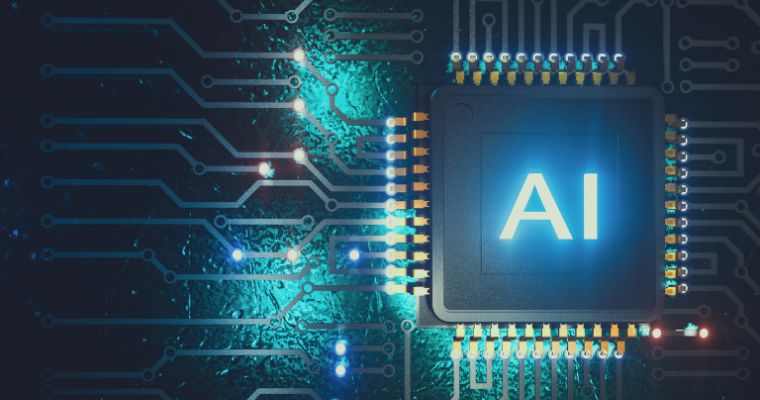
The Evolution of AI Build on the Basics (1950s–1980s)
The journey of artificial intelligence began with bold ideas and groundbreaking discussions that paved the way for modern advancements.
- The Dartmouth Conference (1956)
The Dartmouth Conference stands as a landmark event in AI history. Convened in 1956, it formalised AI as a field of academic study. Participants envisioned creating machines capable of human-like reasoning and problem-solving. This meeting catalysed efforts to translate ambitious theories into practical demonstrations of AI's possibilities.
- Pioneering AI Programs
Post-Dartmouth, the field witnessed transformative developments through systems such as The Logic Theorist and ELIZA. These programs demonstrated machines' ability to perform logical reasoning and simulate human conversation, respectively. Such advancements underscored the potential of AI but also highlighted the constraints imposed by early technology.
- Computing Power
AI’s evolution during this era was tethered to the capabilities of hardware. The limited power of early computers curbed the complexity of AI applications. As hardware advanced, researchers explored more intricate algorithms and leveraged larger datasets. This interplay between computational power and AI capabilities laid the groundwork for innovations in neural networks and machine learning.
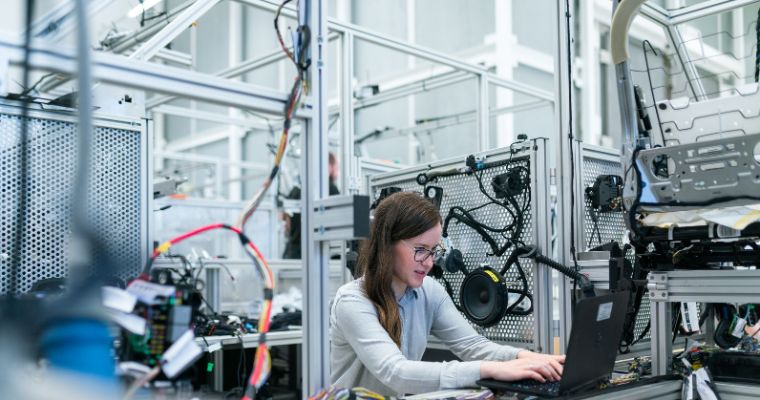
AI Renaissance Revived Neural Networks and Machine Learning (1980s–2000s)
The late 20th century marked a pivotal era where artificial intelligence transitioned from theoretical promise to practical innovation.
- Revival of Neural Networks
Neural networks, modelled on the human brain's neural interconnections, saw a resurgence in the 1980s. The advent of the backpropagation algorithm revolutionised their capability to self-improve using feedback, enabling the identification of intricate data patterns. This advancement shifted AI from rigid, rule-based systems towards more adaptable and dynamic paradigms.
- Progression to Machine Learning
Building on the renewed focus on neural networks, the 1990s introduced enhanced machine learning algorithms, including decision trees and support vector machines (SVMs). These models improved data classification and pattern recognition, achieving unprecedented prediction accuracy. Decision trees offered clarity and interpretability, while SVMs excelled with complex, high-dimensional datasets, paving the way for tasks like image categorisation and textual analysis.
- IBM's Deep Blue
In 1997, IBM's Deep Blue captured global headlines by triumphing over Garry Kasparov, the reigning world chess champion. This feat underscored AI's ability to tackle strategic and cognitive challenges. By employing robust search algorithms and processing millions of potential moves per second, Deep Blue showcased the synergy of algorithmic sophistication and computational prowess.
With neural networks and machine learning evolving rapidly, the foundation was laid for AI's next transformative phase, fuelled by big data and deep learning.
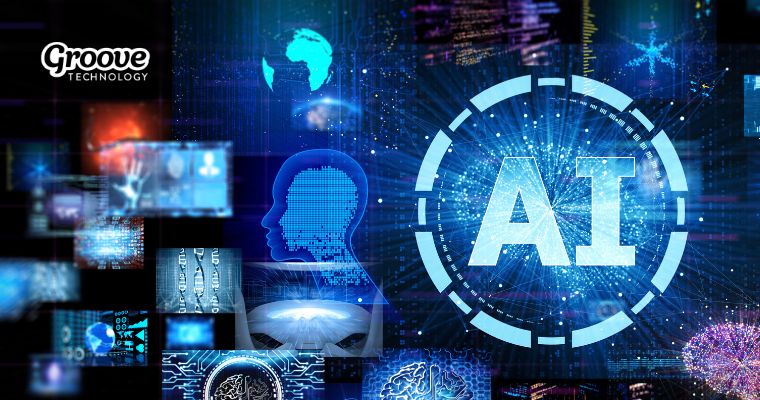
The Modern AI Era Big Data and Deep Learning Shaped (2000s–Present)
The interplay of vast data resources and transformative technologies has propelled AI into a new era of unprecedented capability and innovation.
- The Impact of Big Data on AI Development
The explosion of digital data in the 21st century revolutionized AI development, providing the fuel required for advanced machine learning systems. Big Data allowed algorithms to uncover patterns and make predictions with unprecedented accuracy. This abundance of data not only enhanced AI's capabilities but also opened doors to new applications across industries, from marketing to healthcare.
However, data alone is not enough; it is the evolution of techniques like deep learning that has enabled AI to process and interpret this vast information efficiently.
- Breakthroughs in Deep Learning
Deep learning, an advanced subset of machine learning, has been a game changer in AI's modern era. Landmark projects like ImageNet, coupled with models such as AlexNet, demonstrated the immense potential of deep neural networks in tasks like image and object recognition. These innovations set the stage for AI to excel in visual tasks, significantly outperforming traditional methods.
While deep learning transformed computer vision, its impact extended far beyond imagery. In the realm of language, another groundbreaking evolution began to take shape.
- Natural Language Processing
Natural language processing (NLP) has seen transformative advancements, particularly with models like BERT and GPT. These systems can understand and generate human language with remarkable fluency, enabling applications in customer service, content creation, and translation. For example, OpenAI's GPT models have redefined how AI can assist in creative and professional tasks, bringing AI closer to replicating human communication.
Together, Big Data, deep learning, and NLP represent the cornerstones of the modern AI era, enabling machines to see, understand, and communicate in ways once thought impossible.

AI in the Real World and Its Applications and Implications
Artificial intelligence is no longer confined to theory; its practical applications are transforming industries and redefining everyday life.
AI in Healthcare: Transformative Capabilities
Artificial intelligence is redefining healthcare by improving diagnostic accuracy, streamlining processes, and expediting drug discovery.
- Diagnostic Tools: IBM Watson processes vast medical data to support cancer care decisions.
- Drug Research: DeepMind's AlphaFold predicts protein structures, significantly advancing pharmaceutical innovation.

AI in Transportation: Revolutionising Mobility
AI powers autonomous systems, enabling vehicles to:
- Process Sensor Inputs: Analyse real-time environmental data.
- Adapt to Complex Scenarios: Navigate urban challenges.
- Make Decisions Dynamically: Enhance safety and efficiency.
Pioneers like Tesla and Waymo showcase advancements in self-driving technologies, promising fewer road incidents and optimised travel.
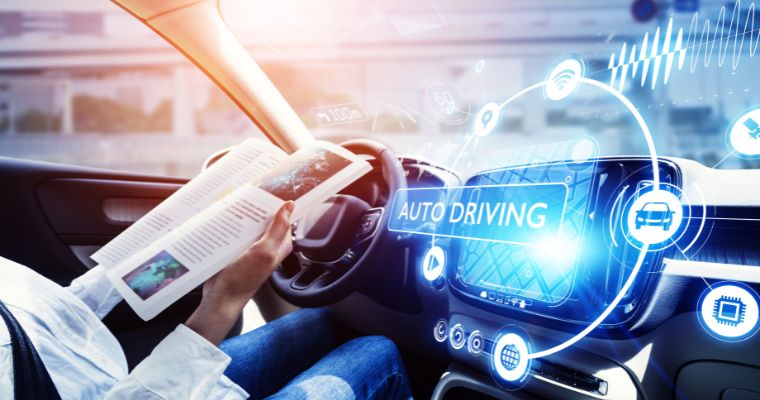
AI in Finance and Business Insights
In the financial sector, AI drives efficiencies through:
- Fraud Detection: Identifying anomalies in transaction patterns.
- Risk Analysis: Enabling proactive management of financial exposure.
- Algorithmic Trading: Facilitating rapid market-response strategies.
For businesses, AI-powered analytics optimise operations and inform data-driven strategies, ensuring adaptability and precision.

Ethical and Philosophical Dimensions of AI
The rapid integration of Artificial Intelligence (AI) into human activities raises critical ethical and philosophical concerns, demanding structured approaches to ensure responsible development and societal alignment.
1. Ethical Challenges in AI Development
- Bias in AI Algorithms
AI systems often reflect biases from their training data, leading to discriminatory outcomes, especially in sensitive fields like hiring, finance, and law enforcement. For instance:- Facial Recognition Errors: Disparities in error rates for demographics such as women and ethnic minorities highlight significant flaws.
- Hiring Bias: Automated recruitment tools have perpetuated gender and racial biases due to skewed datasets.
Addressing these issues requires diverse data sources and fairness-aware algorithms.
- Transparency and Accountability
The “black box” nature of AI systems raises concerns about accountability for errors or adverse outcomes, such as accidents involving autonomous vehicles. Strategies like explainable AI (XAI) aim to provide clear reasoning for AI decisions, fostering trust and accountability. - Data Privacy and Security
AI's reliance on personal data increases risks of privacy breaches and misuse:- Surveillance Overreach: AI-driven monitoring tools often infringe on personal privacy.
- Data Breaches: Vast data repositories attract cyber threats, potentially exposing sensitive information.
Frameworks like GDPR aim to mitigate these risks, though global adherence remains inconsistent.
- Job Displacement and Economic Inequality
Automation is reshaping industries, displacing roles in manufacturing, logistics, and customer service. Mitigation efforts must include reskilling programs and policies promoting equitable access to education and training.

2. Philosophical Questions About AI
- Can Machines Replicate Human Consciousness?
AI systems excel in computational tasks but lack self-awareness and emotional intelligence. This prompts philosophical debates on the nature of consciousness and the ethical considerations of potential sentient AI. - Moral Agency in AI
Autonomous AI systems present dilemmas, such as prioritising decisions in self-driving cars or the use of AI in warfare. Establishing ethical frameworks is vital to address these scenarios responsibly. - AI and Creativity
AI's ability to generate art, music, and literature questions the essence of creativity. Determining ownership and attribution for AI-generated content will shape intellectual property laws and societal norms.
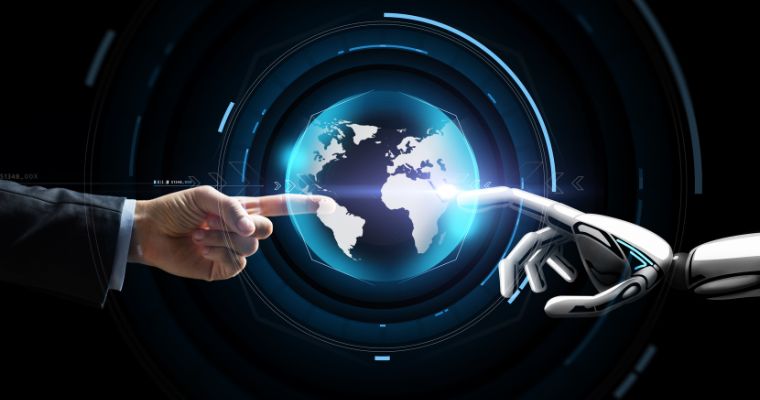
3. Proactive Strategies for AI Governance
Addressing these challenges demands multi-stakeholder collaboration:
- Global Guidelines: International frameworks like the OECD’s AI Principles emphasise fairness and transparency.
- Regulatory Mechanisms: Policies like the EU AI Act establish enforceable standards for AI ethics.
- Public Engagement: Encouraging diverse perspectives in AI discourse ensures balanced and inclusive policy-making.
Through foresight and collaboration, society can harness AI’s transformative potential while safeguarding ethical integrity and philosophical values.

From early philosophical ideas to groundbreaking advances in deep learning and natural language processing, the history of AI reflects the relentless journey of human innovation. AI has been shaping many fields such as healthcare, finance, and transportation, offering great potential but also posing ethical and legal challenges.
To learn more about how AI is being used in software development and e-commerce, read our in-depth article on Groove Technology’s AI development services.






